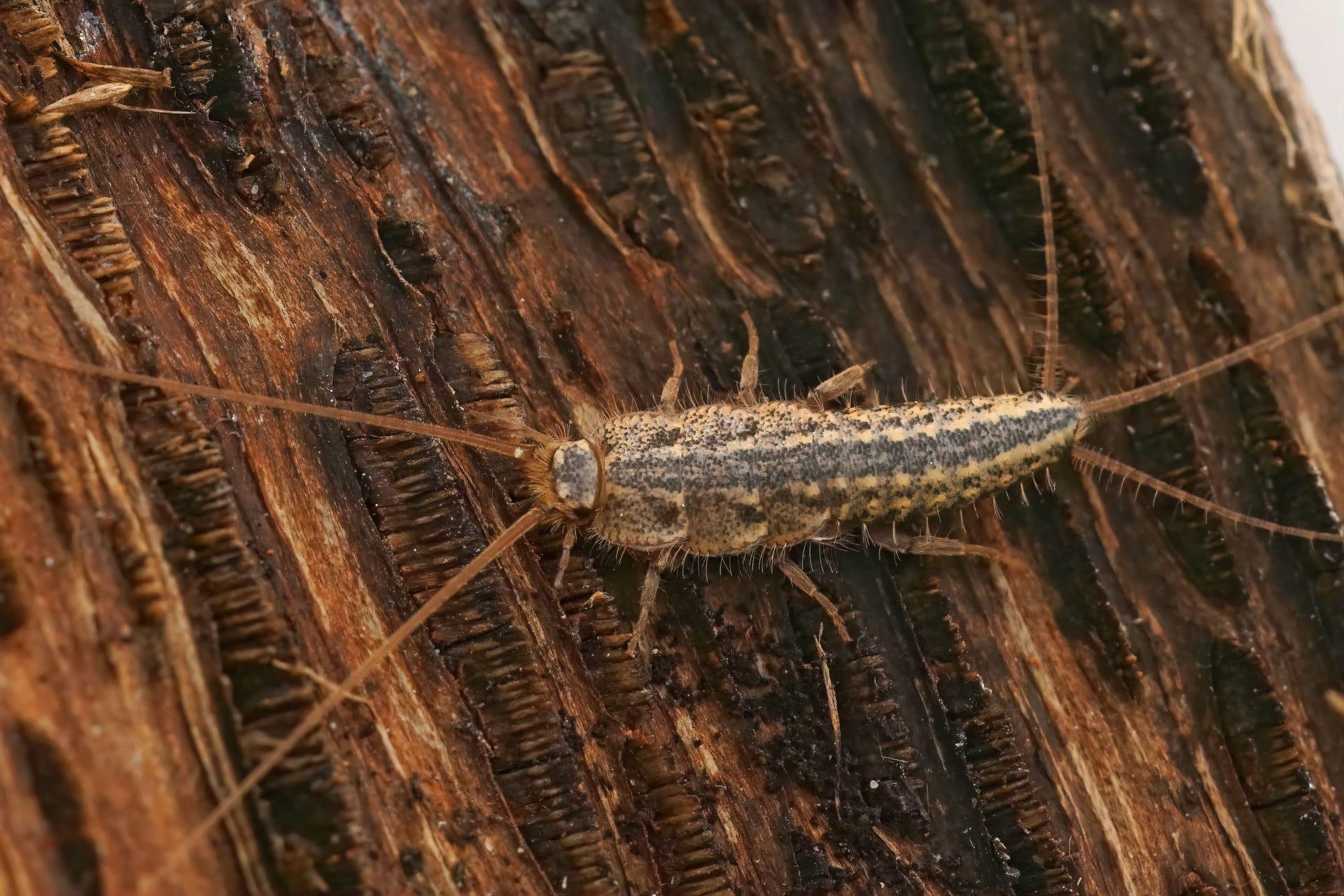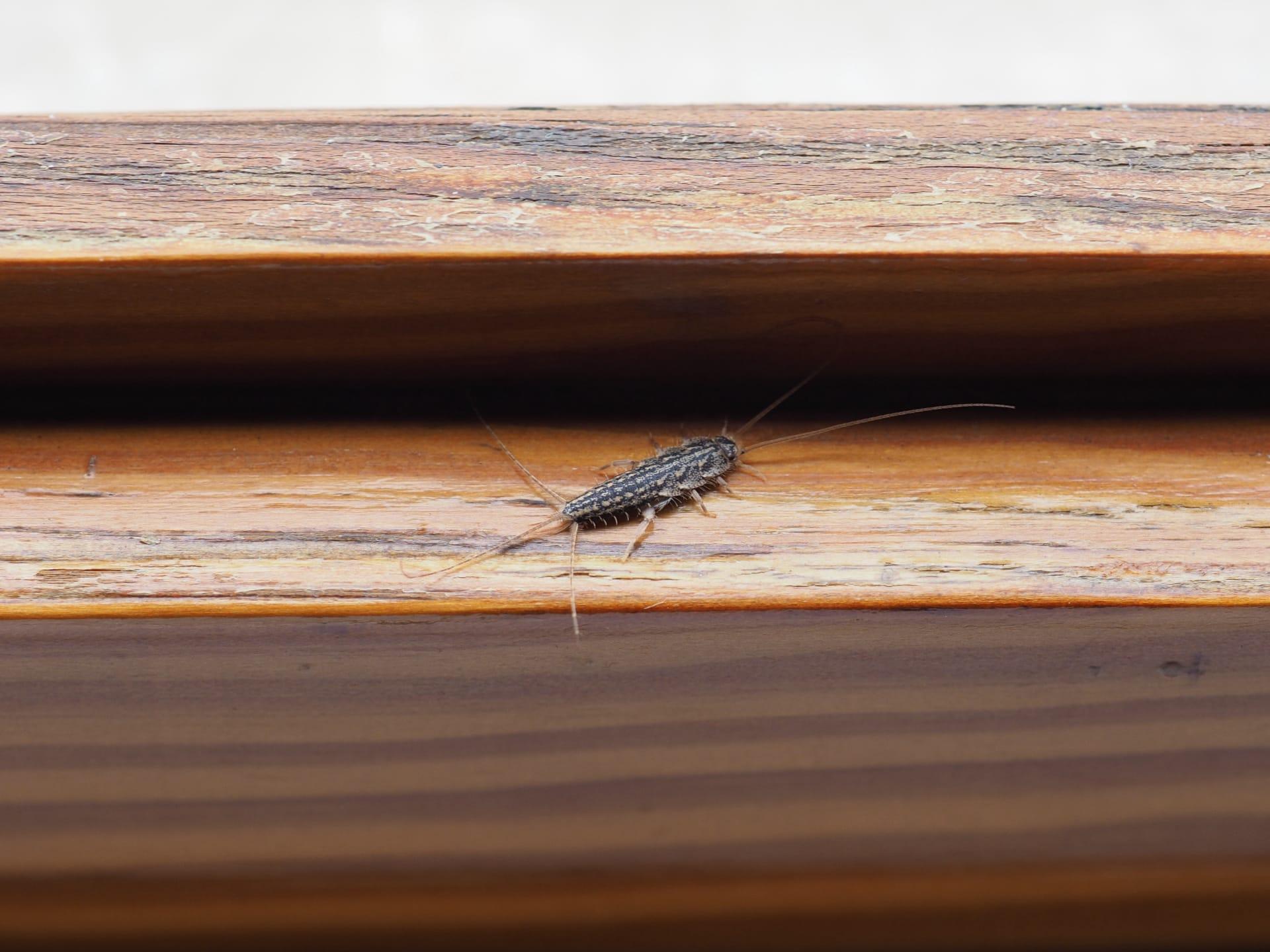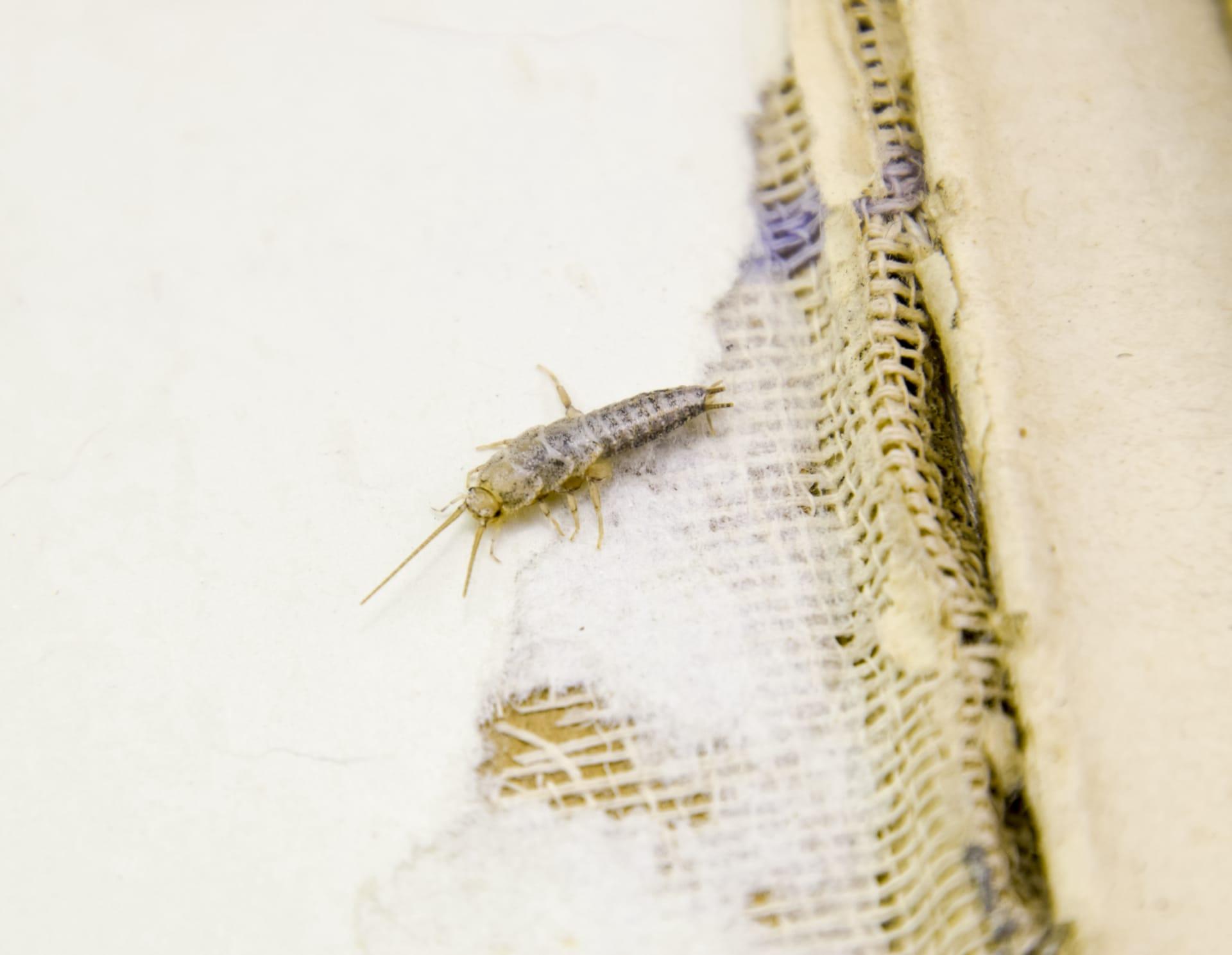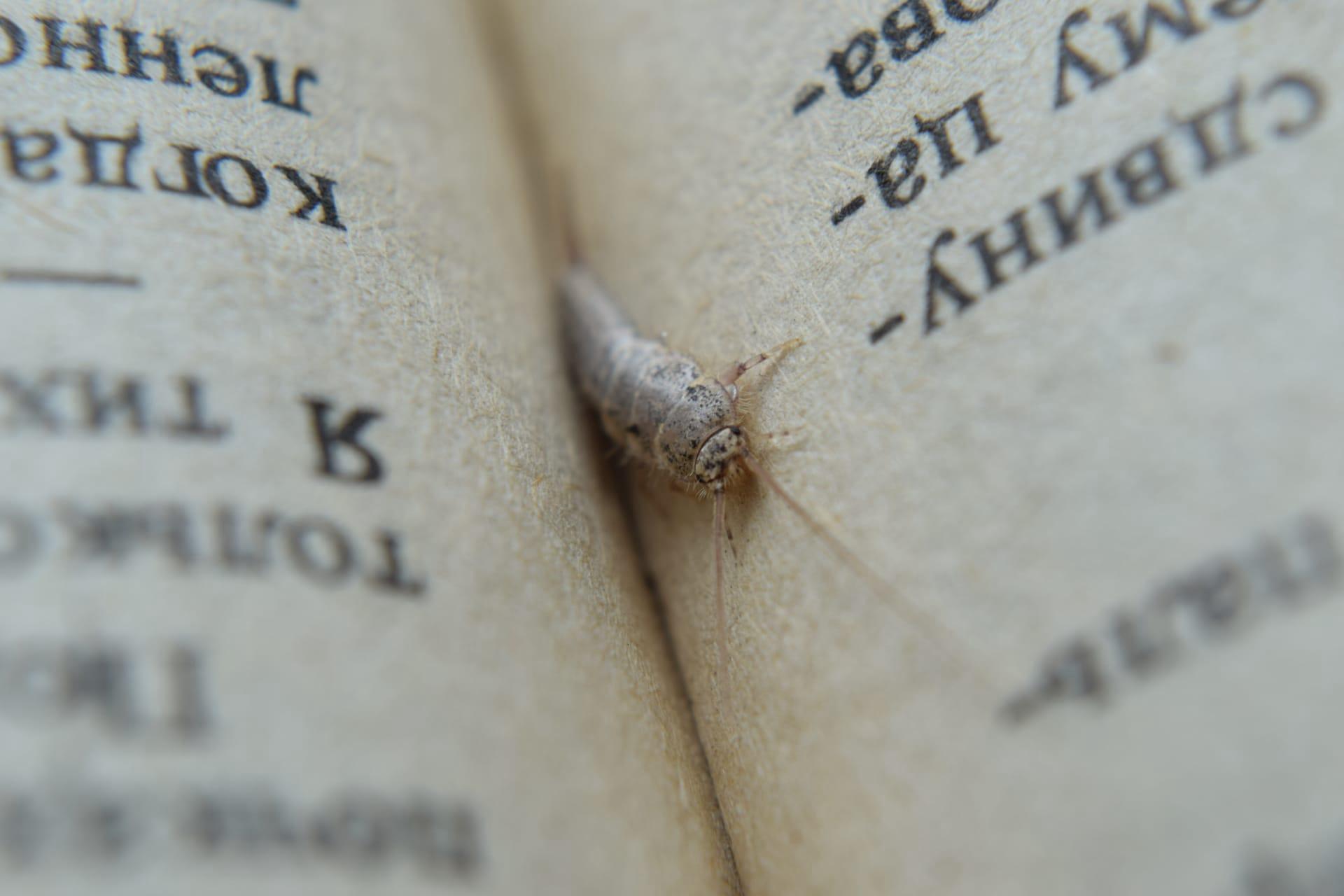Silverfish
- Home /
- Mini Encyclopedia /
- Animal /
- Silverfish
1
Silverfish, scientifically known as Lepisma saccharina, belong to the order Zygentoma within the class Insecta. This species is part of the Animalia kingdom and the Arthropoda phylum. They have a distinctive appearance, characterized by their silvery-gray and metallic scales, which are key for identification. Adult silverfish typically measure between 0.5 to 1 inch in length. Their taxonomy is rooted in ancient lineages, making them one of the oldest surviving insect groups, dating back over 400 million years.
Silverfish are found globally, thriving in various climates but preferring dark, damp environments. Common habitats include under rocks, leaf litter, and inside human dwellings like basements, attics, and bathrooms. They are particularly prevalent in urban areas, adapting well to indoor conditions. Despite their worldwide distribution, their exact numbers are challenging to gauge due to their secretive nature and nocturnal habits. However, they are not considered endangered or threatened, indicating a stable presence across different regions.

2
Question: Are silverfish harmful to humans or do they spread diseases?
Answer: Contrary to popular belief, silverfish are not harmful to humans and do not spread diseases. They do not bite or sting and are not known to carry pathogens that cause diseases in humans. However, they can cause damage to property, as they feed on carbohydrates, particularly sugars and starches. This diet leads them to consume household items like glue, wallpaper, book bindings, and clothing, which can result in minor damage. Despite their unnerving appearance, silverfish are largely benign and pose more of a nuisance than a health hazard.

3
Silverfish have evolved several survival strategies to thrive in their environments. They are nocturnal, which helps them avoid predators and human detection. Their flat bodies enable them to hide in small crevices and cracks, a crucial adaptation for living in various habitats, including human homes. Silverfish are also known for their quick and agile movements, darting away swiftly when disturbed, making them hard to catch.
Another key survival trait of silverfish is their reproductive strategy. Females lay small clusters of eggs in hidden locations, ensuring a greater chance of survival for their offspring. These insects can reproduce multiple times throughout their lives, contributing to their persistence in an environment. Silverfish have a relatively long lifespan for insects, living up to 8 years, which allows them multiple opportunities to reproduce and maintain their populations.

4
In the ecosystem, silverfish play a role as decomposers. They feed on dead insects, fungi, cellulose, and other organic detritus, aiding in the recycling of nutrients back into the soil. This makes them an integral part of the decomposition process in their habitats, contributing to ecological balance.
Additionally, silverfish serve as a food source for various predators, including spiders, centipedes, and certain insect-eating mammals and birds. This positions them as important components in the food chain. Their presence also indicates a healthy and balanced ecosystem, as they thrive in environments that are not excessively polluted or disturbed.

5
Film: "The Secret World of Silverfish" is a documentary produced in the United Kingdom in 2019. It explores the hidden life of these insects, showcasing their unique behaviors and survival tactics. The film provides a microscopic view of their world, highlighting their interactions with the environment and other species.
Book: "Insects Unveiled: A Deep Dive into Silverfish" is a comprehensive guide authored by British entomologist Dr. Emily Harrington. Published in 2021, the book details the biology, behavior, and habitat of silverfish, offering insights into their ecological significance and adaptation mechanisms.
Book: "Ancient Inhabitants: The World of Silverfish" is a Canadian publication from 2020, written by environmental biologist Dr. Lucas Martin. This book focuses on the evolutionary journey of silverfish, tracing their origins and examining their role in both natural and urban ecosystems. It combines scientific research with engaging narratives to make the subject accessible to a wide audience.